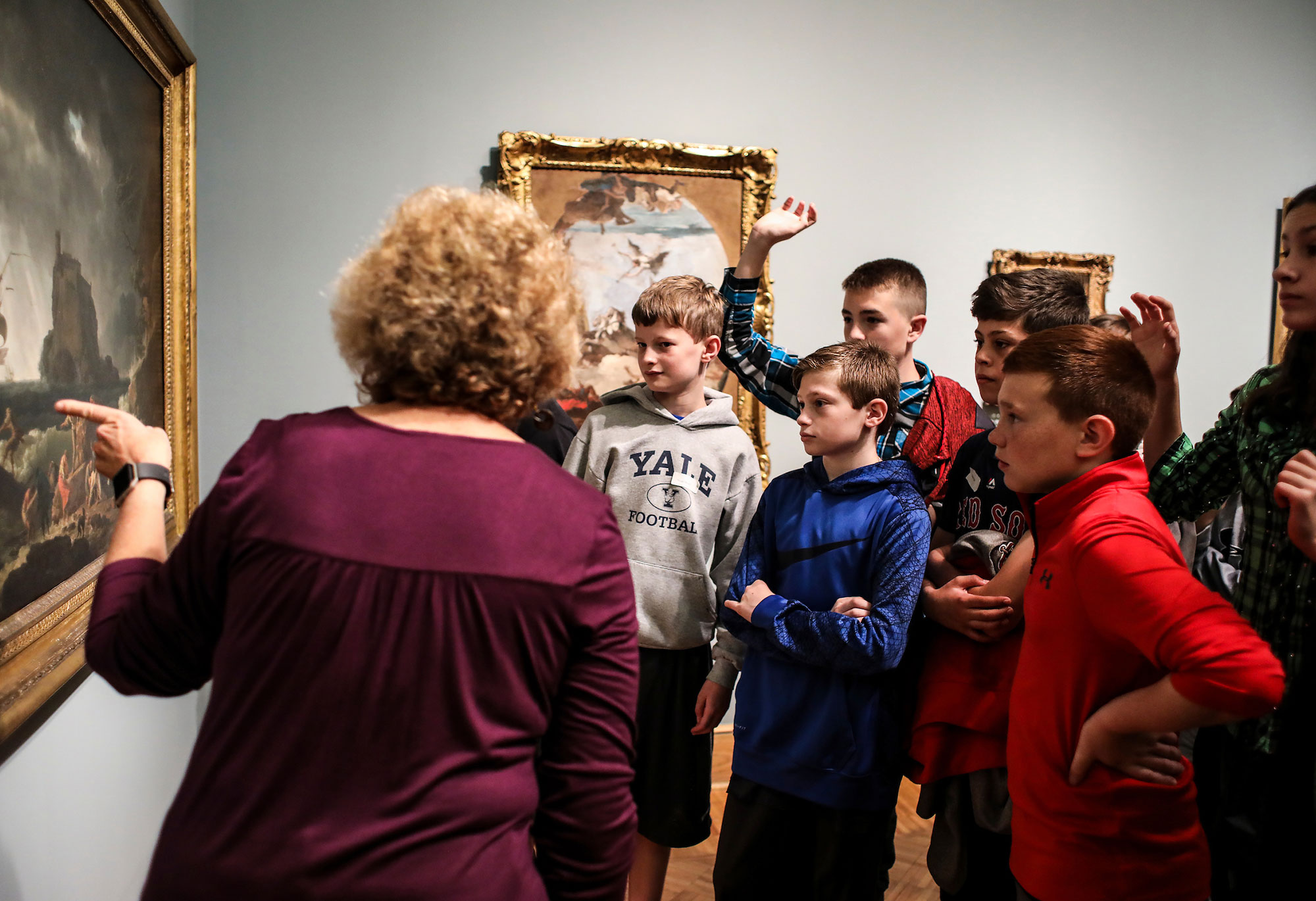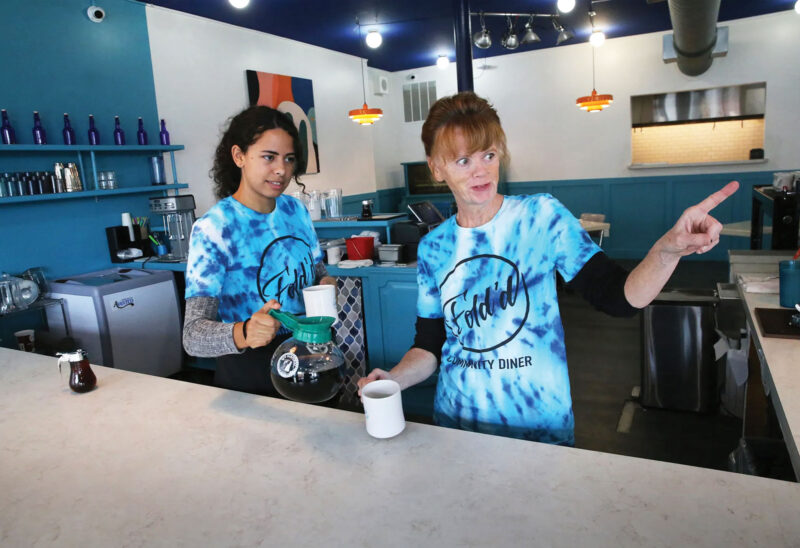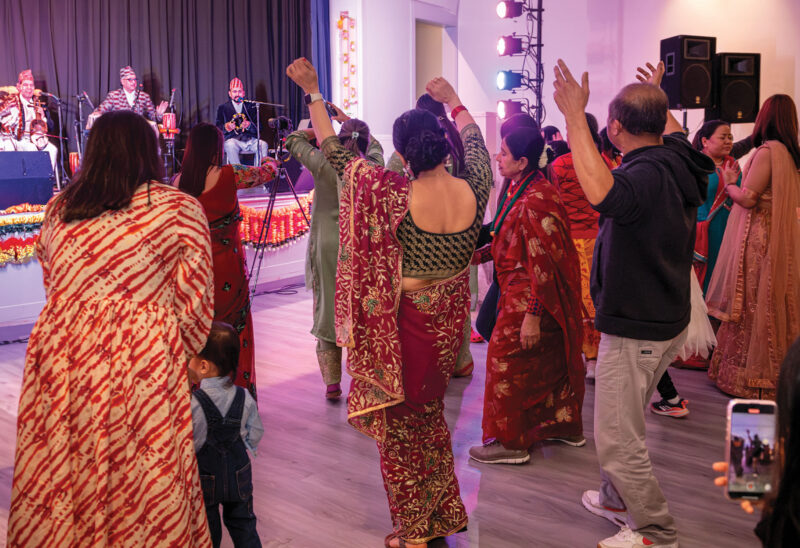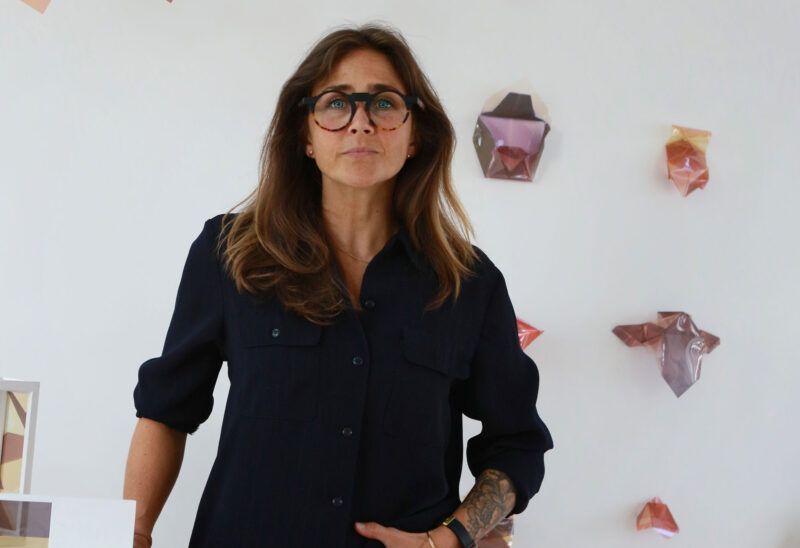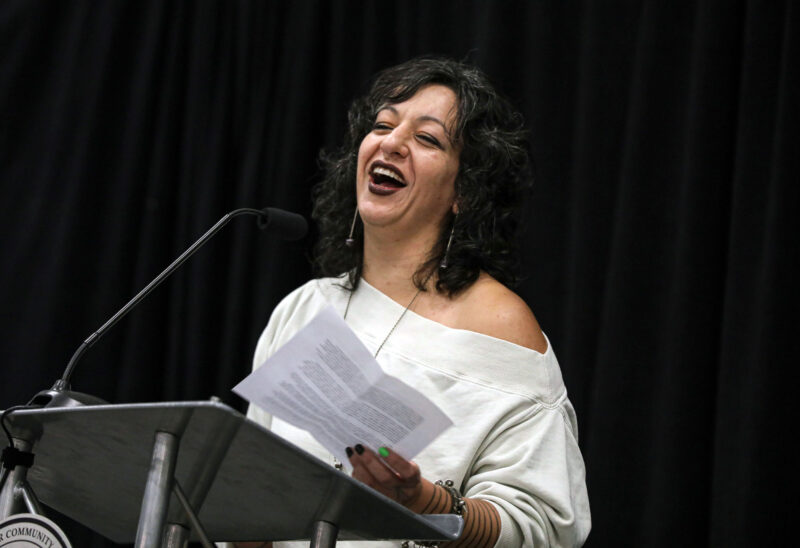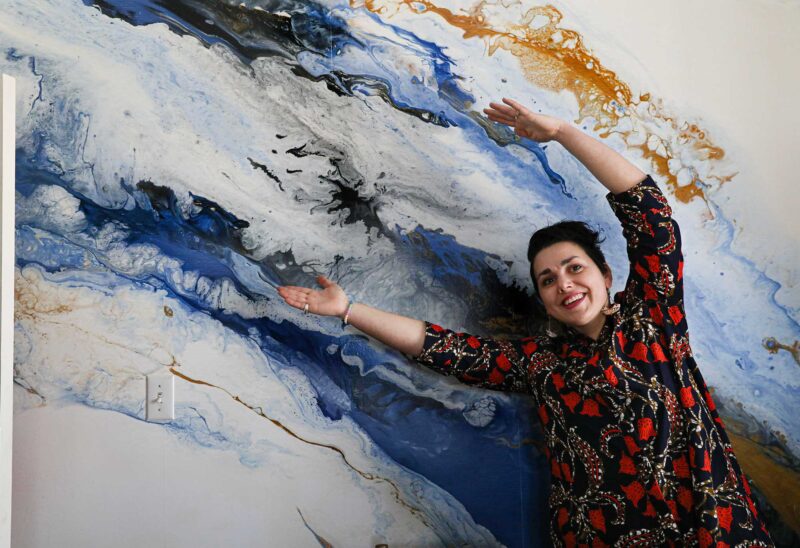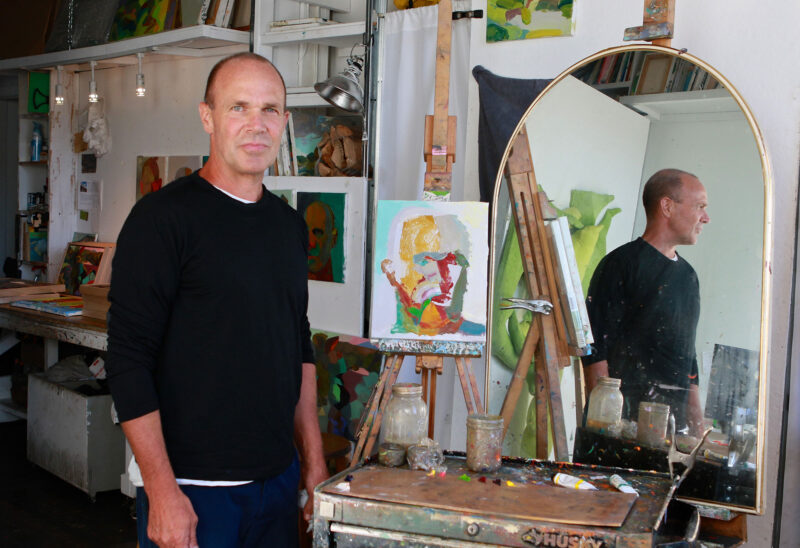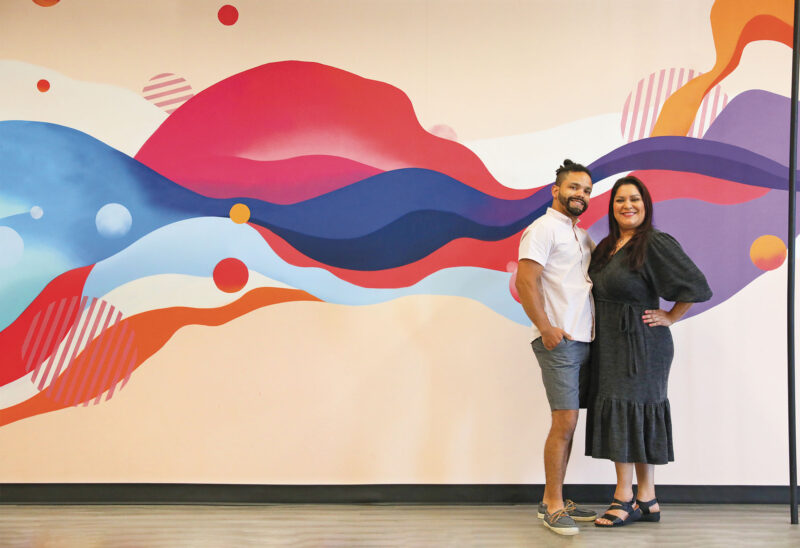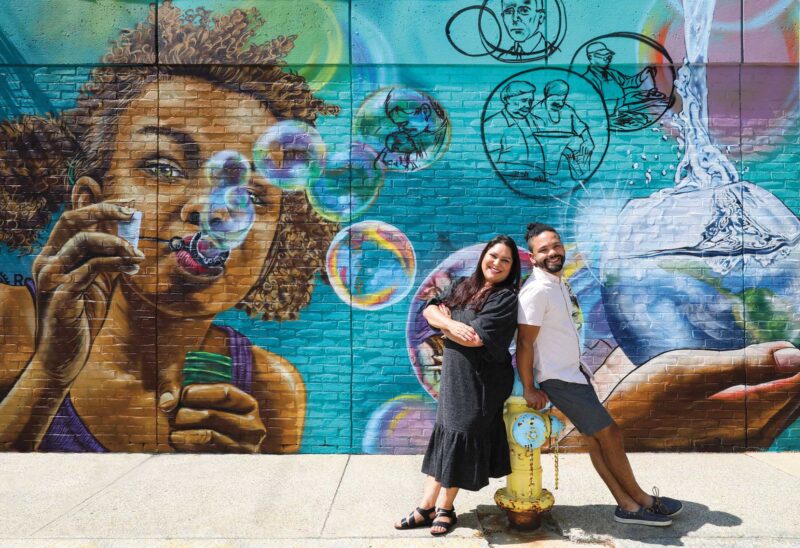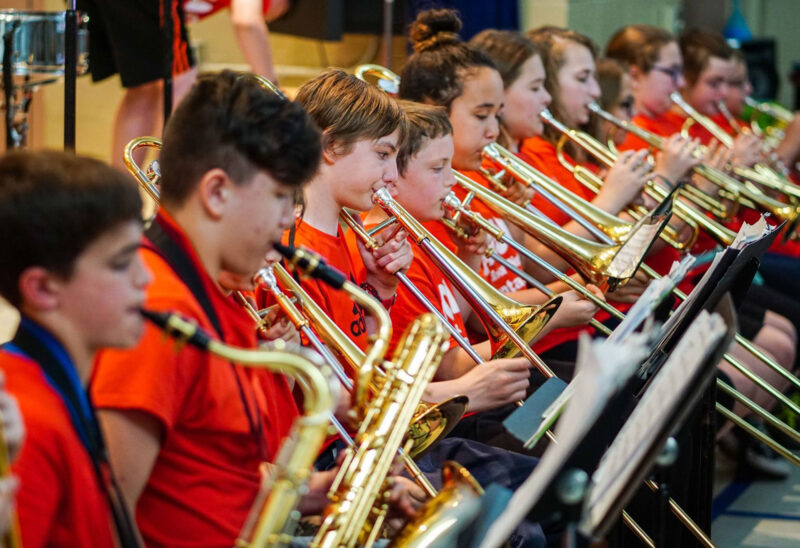Three school buses pull up to the Currier Museum of Art and 98 sixth-graders clamber down the steps to see art.
A docent gathers a circle of children around a statue of a girl in Pompeii and asks what might be going on. Kids ponder. Hands shoot up.
“She could be blind?”
“It looks like her dress is blowing in the wind!”
“Maybe she’s listening to the volcano erupting?”
The kids debate the scene in Jan De Bray’s “Banquet of Antony and Cleopatra.” They work out a story for Childe Hassam’s “The Goldfish Window.” They exhale “awwww, cooool” about a paper sculpture by Nikki Rosato.
For lack of bus fare, many would not be able to come. The Currier’s Yellow School Bus Scholarships, supported in part by the Bank of New Hampshire Charitable Fund, a donor-advised fund at the Foundation, help defray the cost of transportation. The scholarships help more than a thousand kids each year visit the museum — some from the farthest reaches of the state, many of whom have never visited a museum before.
Because art matters.
In a recent speech about the importance of art in a democratic society, Darren Walker of the Ford Foundation said this: “Without art, there is no empathy. Without empathy, there is no justice.”
Gavin, a befreckled 12-year-old, noticed that art got kids talking about ideas.
“It’s fun to see people talk about what they think,” he said, “because you don’t see exactly what they see.” Without art, there is no empathy…

